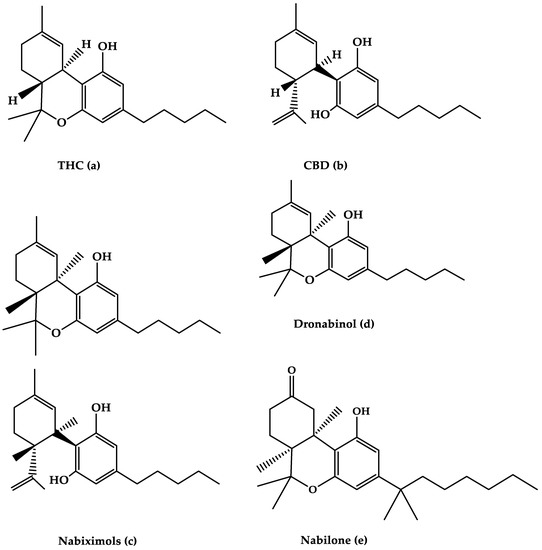
“Rheumatoid arthritis (RA) and psoriatic arthritis (PsA) are autoimmune conditions that can progressively destroy joints, causing chronic, often debilitating pain, and drastically affecting the quality of life. Novel pharmaceutical remedies have recently been developed, which allow for better symptom management. However, the complex pain experienced is challenging to control fully, leading this patient population to seek alternative treatments.
Though cannabis has been legalized for medical use in most states in the United States, the safety and efficacy of its use in inflammatory arthritis have still not been satisfactorily established. We conducted a cross-sectional study on patients with RA and PsA who visited a rheumatology outpatient clinic from October 2019 to March 2020.
We conducted a brief, voluntary, and anonymous Qualtrics survey of specific questions regarding their use of cannabinoids and their forms, sources, methods, side effects, and perceived efficacy. The survey initially involved 302 eligible candidates, but only 290 patients completed it. Among them, 84.9% (n, 247) reported a diagnosis of RA, while 15.1% (n, 44) reported PsA. Demographically, 82.3% (n, 238) were female, and 17.7% (n, 52) were male, with mean ages of 57.1 years for RA and 56.2 years for PsA.
Around 16.95% (n=40) of RA and 11.63% (n=5) of PsA patients reported cannabinoid use, primarily inhaled for RA and topical/liquid for PsA.
Post-cannabis use, a significant decrease in pain scale was noted (mean difference: 2.267, p < 0.001), with improvements in stiffness, fatigue, and swelling reported. Side effects were minimal, and most patients were willing to discuss cannabinoid treatment with their physician (80.9% RA [n=199], 86.4% PsA [n=38]).
In conclusion, our study indicates that a notable portion of the patients with inflammatory arthritis including RA and PsA reported a history of use or ongoing cannabinoid use. Furthermore, the patients reported a short-term reduction of pain, fatigue, and swelling, though it is unclear if these findings are related to a placebo effect.”
https://pubmed.ncbi.nlm.nih.gov/39583459/
“In summary, our study sheds light on the self-utilization and the reported effectiveness of cannabinoids in managing symptoms associated with RA and PsA. Our data indicate that the reduction in pain was statistically significant, suggesting cannabinoids may help alleviate the pain associated with these conditions.”







